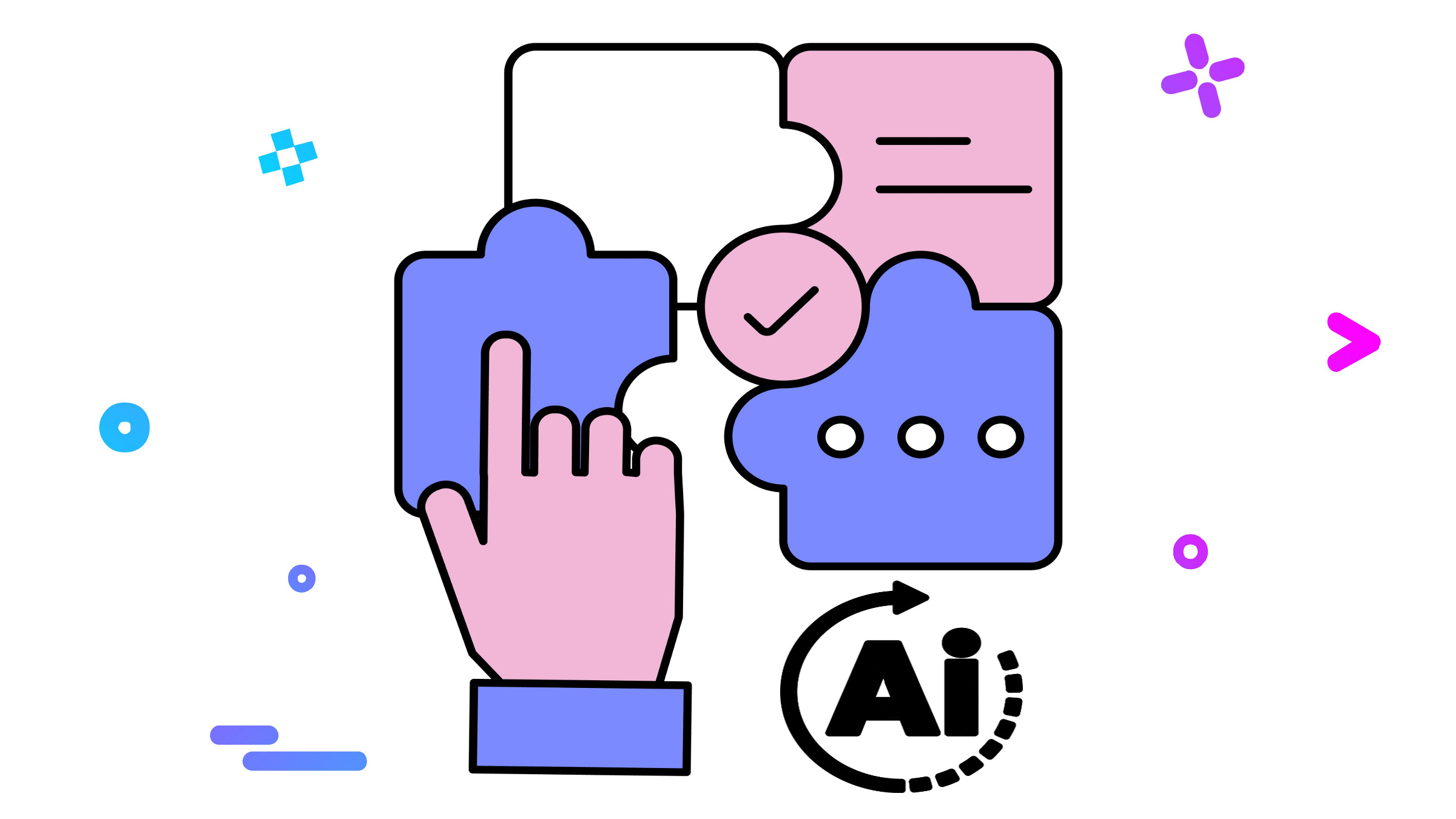Product turnaround time (TAT) is defined as the clock or elapsed time from wafer release to completed wafer fabrication. It is also known as cycle time, mean elapsed time, or manufacturing lead time. Turnaround time is arguably more important in semiconductor fabrication than in any other industry because it has a major impact on contamination levels, process control capabilities, yield-learning rates and product costs. Semiconductor manufacturers must strictly control particulate contamination to achieve high device yields. Longer turnaround times increase the opportunity for the particles to migrate to wafer surfaces, even in strict clean-room environments [11]. The negative relationship between time and product yields is shown in Figure 1. Submicron device fabrication also demands stringent process control capability. Variation in time between steps is a major contributor to process variability, directly affecting process yields. Sequential processes performed minutes apart may produce significantly different results than the identical processes performed hours apart because the properties of materials change over time. The slope of the yield learning curve is also a function of turnaround time. Slow feedback because of high turnaround times delays problem recognition and verification of solutions. Semiconductor fabrication is especially sensitive to turnaround time because definitive functional results are not available until circuits are completely fabricated on the wafe—typically hundreds of process steps after the raw silicon wafers are released into the manufacturing line. Figure 2 depicts the relationship between turnaround time, shown as a multiple of theoretical or raw process time (RPT), and the yield learning rate. The impact of longer turnaround time is not limited to reduced yields. Longer TAT also increases product costs. For example, a line with a 1O-day TAT that starts 1,000 wafers a day will have 10,000 wafers of work-in-process (WIP). A line with the same wafer starts per day (WSD) but an 11-day TAT will have 11,000 wafers in WIP. The longer TAT causes higher carrying costs for partially finished goods, more space for WIP storage, additional resources for product tracking and control, and many other additional expenses. Minimizing turnaround time is critically important in the semiconductor industry due to its major contribution to greater product yields and lower costs. However, it is not the only determinant of success in semiconductor manufacturing. State-of-the-art facilities cost hundreds of millions of dollars to build and equip, due to requirements for cleanliness, vibration control, chemical and gas purity and other components that are specified to angstroms and sub-microns. The semiconductor industry's capital-intensive nature demands high throughput rates and maximum utilization of resources to attain a competitive cost per wafer. The amount of work-in-process (WIP), also known as line-loading levels, affects both turnaround time and throughput performance. Throughput analysis techniques [4, 6] generate curves demonstrating that infinite levels of work in process maximize throughput (Figure 3) by ensuring that resources never starve for work. Queuing theory analysis [1] produces curves that show minimum line-loading levels produce minimum turnaround times by eliminating time spent queued for busy resources (Figure 4). The inverse shapes of these two performance curves demonstrate the inherent conflict in line-loading decisions when attempting to both maximize throughput and minimize turnaround time. Wafer fabrication involves hundreds of individual tools performing multiple processes to produce an array of sophisticated end products. Actual turnaround time and throughput curves for each tool depend on many variables unique to that tool, such as arrival rates, service rates, rework rates, failure rates, and starvation and blockage opportunities. Resolution of the line-loading conflict is especially difficult given the complexity of semiconductor manufacturing, and simulation emerges as perhaps the only currently existing methodology for taking into account the detailed interactions among elements in such a manufacturing environment [3, 14].
The Latest from CACM
Shape the Future of Computing
ACM encourages its members to take a direct hand in shaping the future of the association. There are more ways than ever to get involved.
Get InvolvedCommunications of the ACM (CACM) is now a fully Open Access publication.
By opening CACM to the world, we hope to increase engagement among the broader computer science community and encourage non-members to discover the rich resources ACM has to offer.
Learn More


Join the Discussion (0)
Become a Member or Sign In to Post a Comment